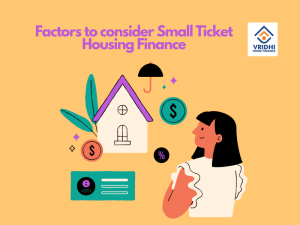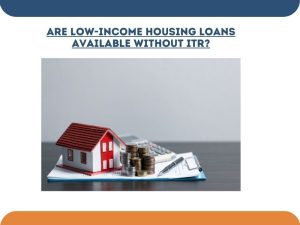Affordable Housing for EWS and LIG: Key Features, Challenges & Government Schemes Explained
Affordable housing is crucial for ensuring that individuals from Economically Weaker Sections (EWS) and Low-Income Groups (LIG) can achieve their dream of owning a home. As urbanization continues to accelerate, the demand for housing has risen significantly. Consequently, addressing the needs of underserved communities has become more important than ever. Therefore, this article delves into the concept of affordable housing, its importance, and how housing finance solutions play a pivotal role in making it a reality.
The Importance of Affordable Housing
Access to affordable housing has wide-ranging implications for both economic and social well-being. For EWS and LIG households, such housing provides not just a secure and stable living environment but also opens doors to a brighter future. Moreover, it fosters:
- Social Inclusion: Affordable homes allow families to integrate into better neighborhoods, thereby improving their access to education, healthcare, and job opportunities.
- Economic Growth: Investments in housing lead to job creation and fuel local economic growth.
- Improved Quality of Life: Safe and affordable housing alleviates financial stress, offering families a sense of security and belonging.
With thoughtful policies and initiatives, affordable housing can uplift millions of lives, reduce inequalities, and support sustainable development goals.
Explore More: Affordable Housing Loans for Low Income Families
Government Schemes Supporting Affordable Housing
Recognizing the need for affordable housing, governments worldwide have launched various initiatives. In India, several programs aim to close the housing gap for EWS and LIG groups.
- Credit-Linked Subsidy Scheme (CLSS): CLSS, under PMAY, provides financial aid to EWS and LIG families for buying or building homes. This, in turn, reduces the financial burden on low-income households.
- State-Level Housing Policies: Many states have their own policies to support national schemes. These policies often incentivize developers to build affordable housing units, thereby addressing local housing needs.
- Pradhan Mantri Awas Yojana (PMAY): PMAY aims to achieve “Housing for All” by 2022. It targets urban and rural areas, offering interest subsidies on home loans to make homeownership easier.
Explore More: Pradhan Mantri Awas Yojana
Key Features of Affordable Housing Projects
Affordable housing projects are thoughtfully designed to meet the unique requirements of EWS and LIG families. Specifically, they often include:
- Strategic Locations: These projects are typically situated near industrial or commercial hubs, thus ensuring proximity to workplaces and reducing commuting costs.
- Smaller Unit Sizes: Homes are designed to optimize space, with sizes ranging between 300 and 600 square feet, thereby keeping them cost-effective.
- Subsidized Pricing: Developers work in collaboration with government schemes to offer homes at reduced prices, making them accessible to low-income groups.
The Role of Housing Finance in Affordable Housing
Affordable housing projects provide the base; however, housing finance turns dreams into reality. Financial institutions play a vital role in helping EWS and LIG households buy homes.
- Tailored Home Loan Products: Loans with low-interest rates, flexible terms, and small down payments effectively meet the needs of low-income families.
- Simplified Documentation: Housing finance providers simplify loan processes to ensure quick approvals.
- Financial Literacy Campaigns: Lenders conduct programs to educate beneficiaries, thereby helping them make informed financial decisions.
Challenges in Affordable Housing Development
Despite notable progress, several challenges hinder the scaling of affordable housing:
- Land Availability: The scarcity of affordable land in urban areas continues to drive up costs, thereby making it difficult to develop affordable housing.
- Infrastructure Gaps: Many projects lack essential infrastructure, such as roads, sanitation, and water supply, which, as a result, affects their overall viability.
- Financing Constraints: Access to credit remains a significant hurdle for EWS and LIG families, primarily due to low credit scores or the absence of formal income documentation.
Explore More: Property Tax Basics
Conclusion
Affordable housing is more than just a roof—it is the foundation for a secure future. It helps meet the housing needs of EWS and LIG groups, providing stability and growth. Moreover, it promotes a more inclusive society by reducing inequalities and improving living standards. Governments and financial institutions play a key role by offering the support needed to close the housing gap. However, challenges like land scarcity and infrastructure issues persist. With teamwork, innovation, and proactive housing finance, these hurdles can be overcome to build a brighter future.
At Vridhi Home Finance, we help you achieve your dream of owning a home. Our tailored home loan products, simple processes, and expert guidance make the journey stress-free. We also empower you with financial knowledge to make better decisions. Let us unlock endless possibilities and turn your dream into reality!






























